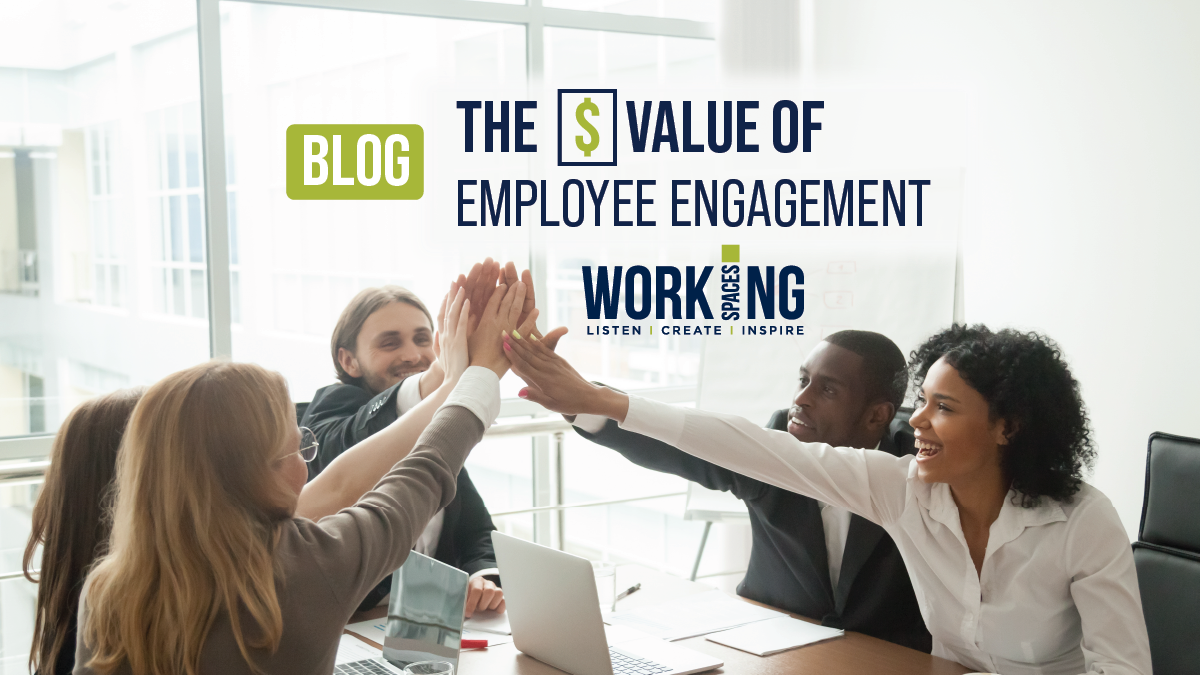The $ Value of Employee Engagement

It’s simple to understand that if employees aren’t happy, they aren’t their most productive selves. They come to get a job done. They come to collect a paycheck. They come so they can afford to enjoy their lives on the weekends. They aren’t motivated to go above and beyond their work duties – why would they be?
This kind of complacency not only creates an environment where work culture is lacking, but it can be far more detrimental than one may first imagine. What’s also difficult to tangibly grasp is the financial impact of unhappy workers on an organization’s bottom line.
Quantifying Employee Disengagement
According to a study including more than one million organizations, including Fortune 500 companies, Gallup estimated that employee disengagement costs the overall US economy as much as $350 billion every year.
When breaking down this number more granularly, the cost of complacency is easier to digest. On the organizational level, employee disengagement costs approximately 34% of an employee’s annual salary – meaning $3,400 for every $10,000 they make.
Imagine you have 10 unhappy employees who earn $40,000 per year. Out of the total $400k on the payroll, $136k is lost due to the detriments of disengagement.
Some other key metrics that emerged from the study included that disengaged employees have 37% higher absenteeism, 18% lower productivity, and 15% lower profitability. Overall, they’re not happy – and it shows on your company’s ROI.
Building a Healthy Workplace
Creating workplace environments where people are inspired, engaged, and have the tools they need to do their best work is all that we think about at Working Spaces. We strongly believe that with the correct approach to culture, work can be a place where people leave healthier and happier than when they first walked in.
One of the ways we help organizations achieve this is by understanding their aspirational culture. Who is involved? What work do they perform? What do they need in their environment to accomplish this? Do we have a healthy combination of private and collaborative spaces?
Providing amenities and choices for employees within their workplace is a fundamentally important part of building a culture where employees feel valued and have a choice in how they can best get their work done.
Other factors
With the office as the heart of company culture, there are other factors within your organization’s environment that can lift and encourage employees to engage.
Ranging from compensation, to work/life balance, growth opportunities, keeping employees engaged is a fluid concept that is always evolving. For that reason, it’s critically important for leadership to understand and watch for ways to improve, rather than reacting to problems in the workplace.
At Working Spaces, we understand these concepts and how vitally important they are to any company, office, or organization. To learn more, contact our team today.
